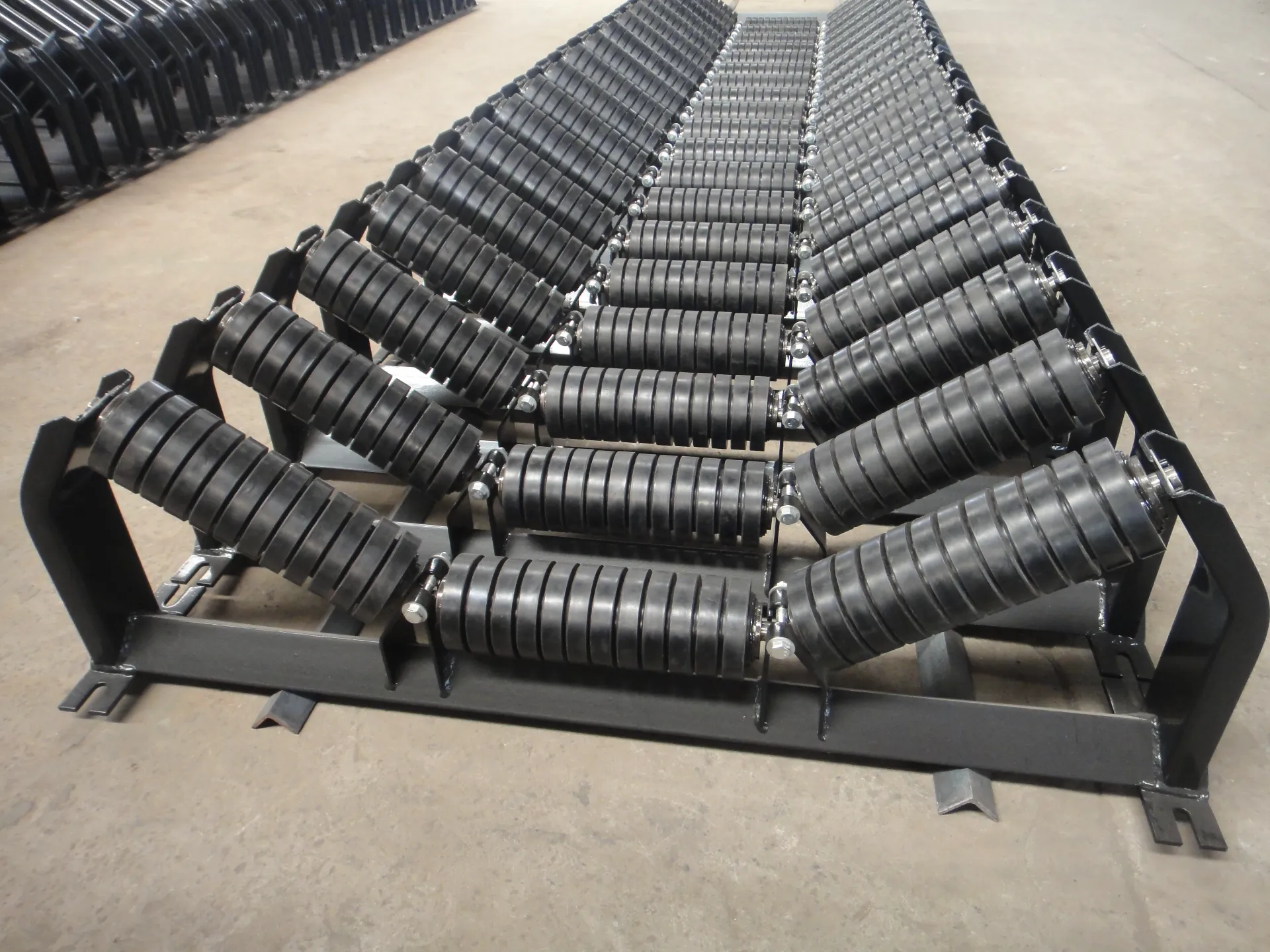 Afrikaans
Afrikaans  Albanian
Albanian  Amharic
Amharic  Arabic
Arabic  Armenian
Armenian  Azerbaijani
Azerbaijani  Basque
Basque  Belarusian
Belarusian  Bengali
Bengali  Bosnian
Bosnian  Bulgarian
Bulgarian  Catalan
Catalan  Cebuano
Cebuano  Corsican
Corsican  Croatian
Croatian  Czech
Czech  Danish
Danish  Dutch
Dutch  English
English  Esperanto
Esperanto  Estonian
Estonian  Finnish
Finnish  French
French  Frisian
Frisian  Galician
Galician  Georgian
Georgian  German
German  Greek
Greek  Gujarati
Gujarati  Haitian Creole
Haitian Creole  hausa
hausa  hawaiian
hawaiian  Hebrew
Hebrew  Hindi
Hindi  Miao
Miao  Hungarian
Hungarian  Icelandic
Icelandic  igbo
igbo  Indonesian
Indonesian  irish
irish  Italian
Italian  Japanese
Japanese  Javanese
Javanese  Kannada
Kannada  kazakh
kazakh  Khmer
Khmer  Rwandese
Rwandese  Korean
Korean  Kurdish
Kurdish  Kyrgyz
Kyrgyz  Lao
Lao  Latin
Latin  Latvian
Latvian  Lithuanian
Lithuanian  Luxembourgish
Luxembourgish  Macedonian
Macedonian  Malgashi
Malgashi  Malay
Malay  Malayalam
Malayalam  Maltese
Maltese  Maori
Maori  Marathi
Marathi  Mongolian
Mongolian  Myanmar
Myanmar  Nepali
Nepali  Norwegian
Norwegian  Norwegian
Norwegian  Occitan
Occitan  Pashto
Pashto  Persian
Persian  Polish
Polish  Portuguese
Portuguese  Punjabi
Punjabi  Romanian
Romanian  Russian
Russian  Samoan
Samoan  Scottish Gaelic
Scottish Gaelic  Serbian
Serbian  Sesotho
Sesotho  Shona
Shona  Sindhi
Sindhi  Sinhala
Sinhala  Slovak
Slovak  Slovenian
Slovenian  Somali
Somali  Spanish
Spanish  Sundanese
Sundanese  Swahili
Swahili  Swedish
Swedish  Tagalog
Tagalog  Tajik
Tajik  Tamil
Tamil  Tatar
Tatar  Telugu
Telugu  Thai
Thai  Turkish
Turkish  Turkmen
Turkmen  Ukrainian
Ukrainian  Urdu
Urdu  Uighur
Uighur  Uzbek
Uzbek  Vietnamese
Vietnamese  Welsh
Welsh  Bantu
Bantu  Yiddish
Yiddish  Yoruba
Yoruba  Zulu
Zulu Different Types of Belt Cleaning Solutions for Optimal Conveyor Maintenance
Types of Belt Cleaners Ensuring Efficient Material Handling
Belt cleaners are essential components in various industries that utilize conveyor systems. Their primary purpose is to maintain the cleanliness of conveyor belts by removing material that may stick to the belt's surface. This not only ensures that the belts operate efficiently but also reduces wear and tear on equipment, minimizes downtime, and enhances workplace safety. In this article, we will explore the different types of belt cleaners available, their functions, and the benefits they provide.
1. Pre-Cleaners
Pre-cleaners, often the first line of defense in conveyor belt cleaning, are designed to remove bulk material that remains on the surface of the belt after it has passed through the discharge point. They are typically installed on the return side of the conveyor belt and utilize various mechanisms to scrape off the debris.
Materials and Configuration Pre-cleaners can be made from various materials such as rubber, polyurethane, or metal, depending on the application's specific requirements. These cleaners often feature adjustable blades that can be tuned to apply the right amount of pressure against the belt, ensuring effective cleaning without causing damage.
Benefits The primary advantage of using pre-cleaners is their ability to reduce carryback — the material that sticks to the belt and can cause problems down the line. By removing excess material early, pre-cleaners help maintain a cleaner work environment and reduce the risk of material buildup that can lead to equipment malfunction or inefficiency.
2. Secondary Cleaners
Secondary cleaners work to remove any leftover material that remains on the belt after the pre-cleaning process. These cleaners are usually more aggressive and may employ various cleaning methods, including blades, brushes, or even water jets.
Functionality These units often have adjustable pressure settings as well, allowing operators to customize the cleaning process to suit the specific conditions of their operations. Depending on the material being transported, secondary cleaners can be designed to handle everything from bulk powders to sticky substances.
types of belt cleaners

Benefits Secondary cleaners enhance the belt's overall cleanliness, thus reducing the risk of material loss. The result is not only a cleaner belt but also improved product quality, as contaminated or mixed materials can adversely affect the final output. Moreover, a cleaner belt leads to better operational efficiency, as it lowers the likelihood of unexpected breakdowns and maintenance.
3. Specialty Cleaners
In various industries, particularly those dealing with unique materials or hazardous substances, specialty cleaners are designed to address specific cleaning challenges. These cleaners may include
- Heavy-duty Cleaners For abrasive materials or environments, heavy-duty cleaners with durable materials are required. - Food-grade Cleaners In food processing, cleaning devices must comply with stringent sanitation regulations, ensuring that no contaminants affect the product. - Wash-down Systems For areas requiring intensive cleaning, these systems incorporate water or other cleaning agents to thoroughly sanitize the belt.
Importance Specialty cleaners are crucial for maintaining the integrity of sensitive materials or environments, such as food production, pharmaceuticals, and hazardous waste management. Selecting the correct type of specialty cleaner is vital in ensuring compliance with industry standards while protecting the workforce and equipment.
4. Maintenance and Adjustability
Regardless of the type of belt cleaner used, regular maintenance and adjustability are critical to their efficiency. Periodic inspections should be conducted to assess wear and functionality. Furthermore, the ability to adjust the tension and angle of the cleaning blades or brushes is essential for adapting to the specific material characteristics and belt conditions.
Conclusion
In conclusion, various types of belt cleaners are vital for enhancing the efficiency and safety of conveyor systems across numerous industries. From pre-cleaners that tackle bulk materials to specialized cleaners designed for unique applications, each type plays a critical role in maintaining cleanliness and ensuring operational success. By investing in the correct belt cleaning technology and regularly maintaining these systems, businesses can improve their production processes, safeguard their equipment, and maintain a safer working environment. As industries continue to evolve, staying updated on the latest advancements in belt cleaning technologies will be essential for optimizing material handling operations.
-
Revolutionizing Conveyor Reliability with Advanced Rubber Lagging PulleysNewsJul.22,2025
-
Powering Precision and Durability with Expert Manufacturers of Conveyor ComponentsNewsJul.22,2025
-
Optimizing Conveyor Systems with Advanced Conveyor AccessoriesNewsJul.22,2025
-
Maximize Conveyor Efficiency with Quality Conveyor Idler PulleysNewsJul.22,2025
-
Future-Proof Your Conveyor System with High-Performance Polyurethane RollerNewsJul.22,2025
-
Driving Efficiency Forward with Quality Idlers and RollersNewsJul.22,2025





























